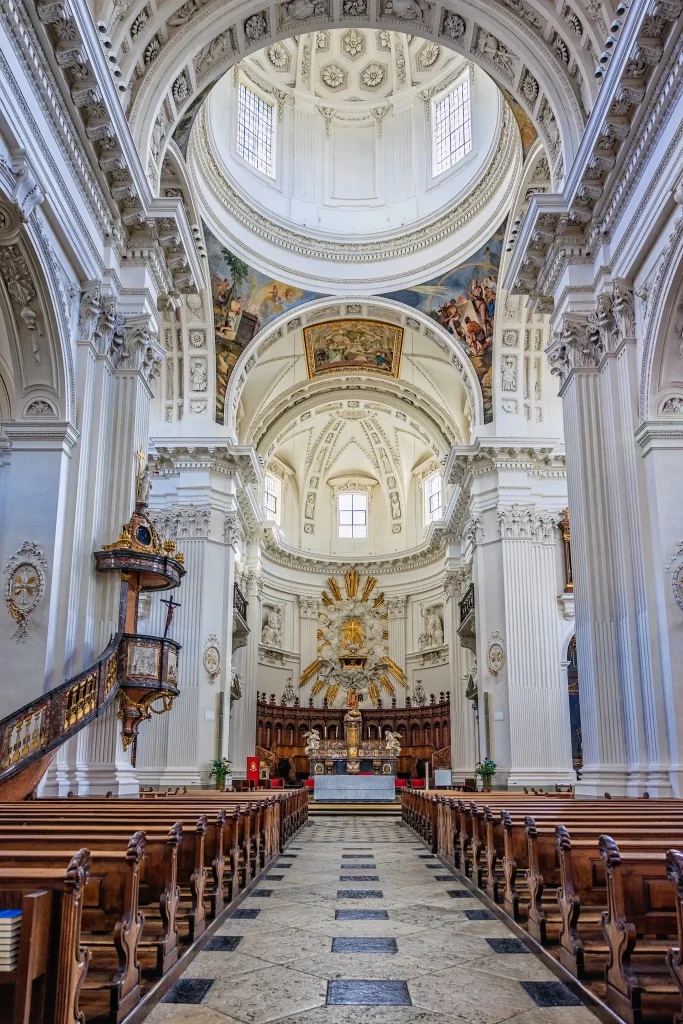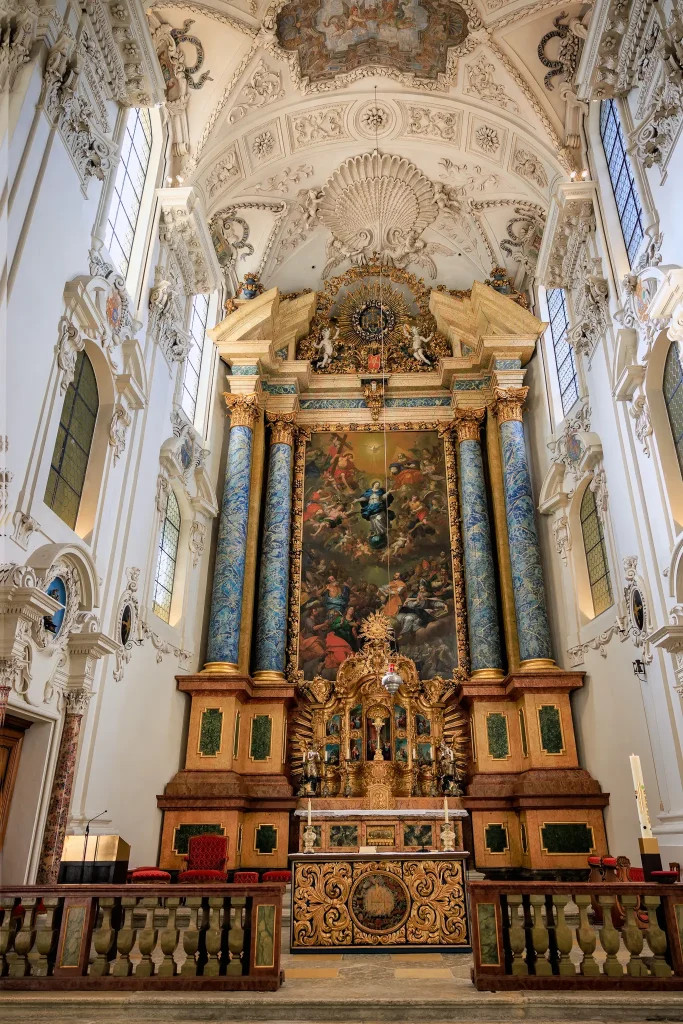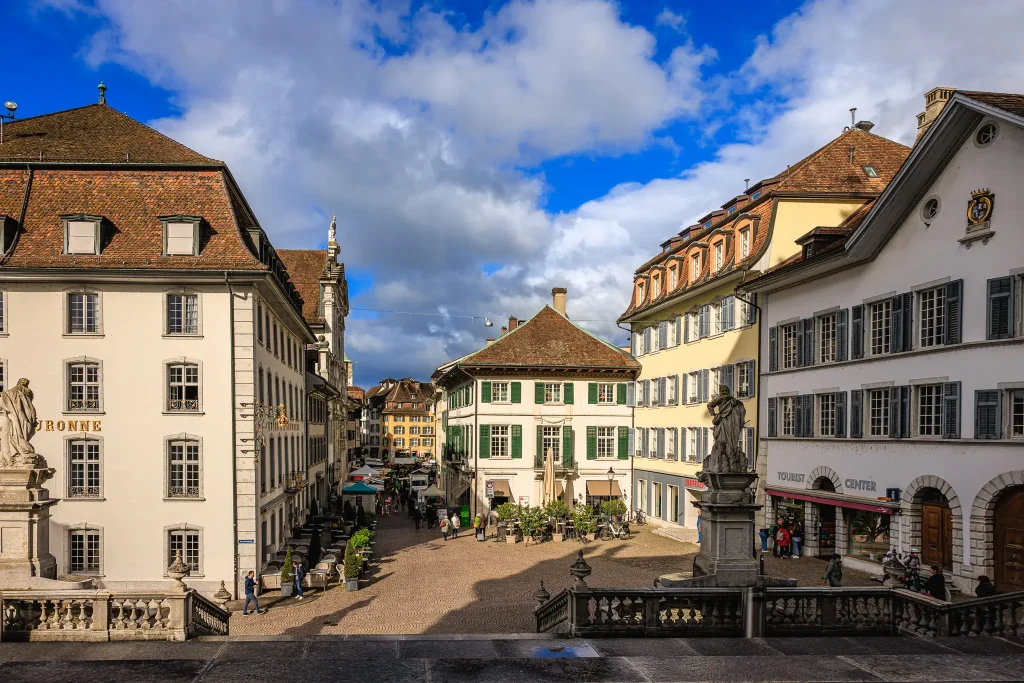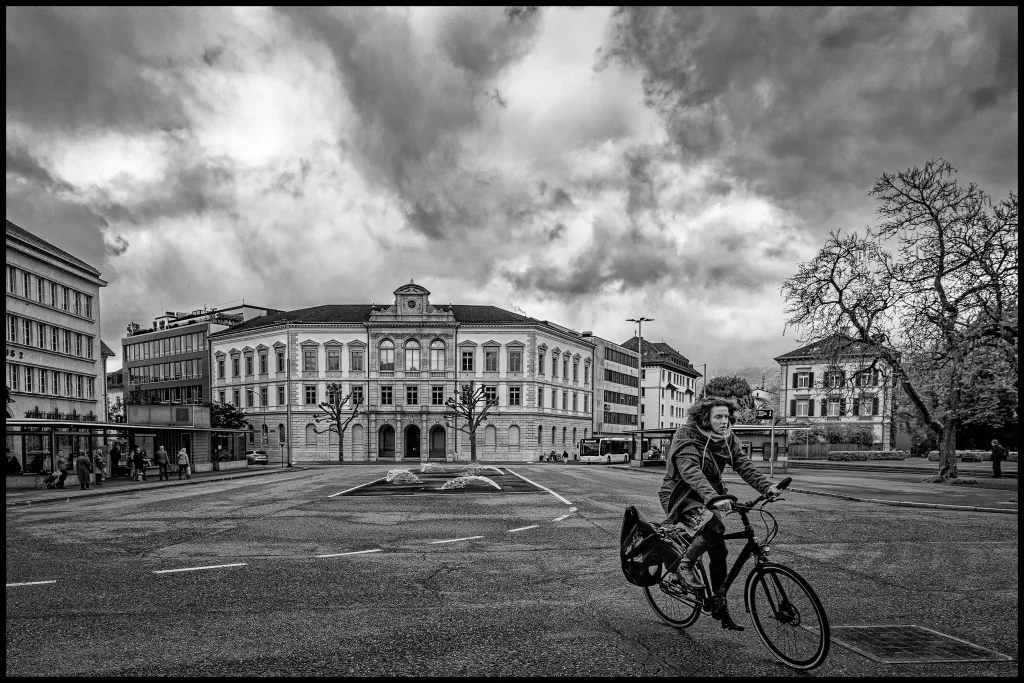During World War II, Switzerland maintained extensive and highly profitable economic ties with Nazi Germany, a relationship that has been a subject of significant historical scrutiny.
The Bergier Commission: The Swiss government’s own independent inquiry, the Bergier Commission, conducted the most comprehensive study of Swiss relations with Nazi Germany, documenting extensive economic ties across banking, industry, transport, and insurance. Final Report – synthesis PDF.
Banking and gold: The Swiss National Bank (SNB) and commercial banks purchased large quantities of gold from the German Reichsbank, much of it looted from occupied Europe and victims of Nazi persecution — a pattern detailed in the official U.S. government Eizenstat report and in the SNB’s own historical study. State Dept. summary; SNB report PDF.
Industry and exports: Swiss firms supplied Germany with machinery, precision instruments, and war-relevant goods. Official research shows Swiss exports of war-relevant goods rose from 47 million CHF in 1937 to 425 million CHF in 1943. Bergier economic chapter – PDF. Additional Bergier studies found that munitions exports overwhelmingly favored the Axis. Swissinfo summary.
Prefabricated barracks and espionage. Declassified U.S. intelligence records detail the activities of SS officer Hans Wilhelm Eggen, a close associate of Heinrich Himmler. These documents show that Eggen both arranged multi-million-franc purchases of prefabricated huts from Swiss suppliers and used these transactions as cover for building an SS intelligence network and managing clandestine finances in Switzerland. CIA Reading Room – doc 1; CIA Reading Room – doc 2
Whatever one calls Switzerland’s political stance, the historical record shows that Swiss institutions and companies actively engaged in — and profited from — economic relationships with Nazi Germany across finance and industry. Bergier Commission portal.




